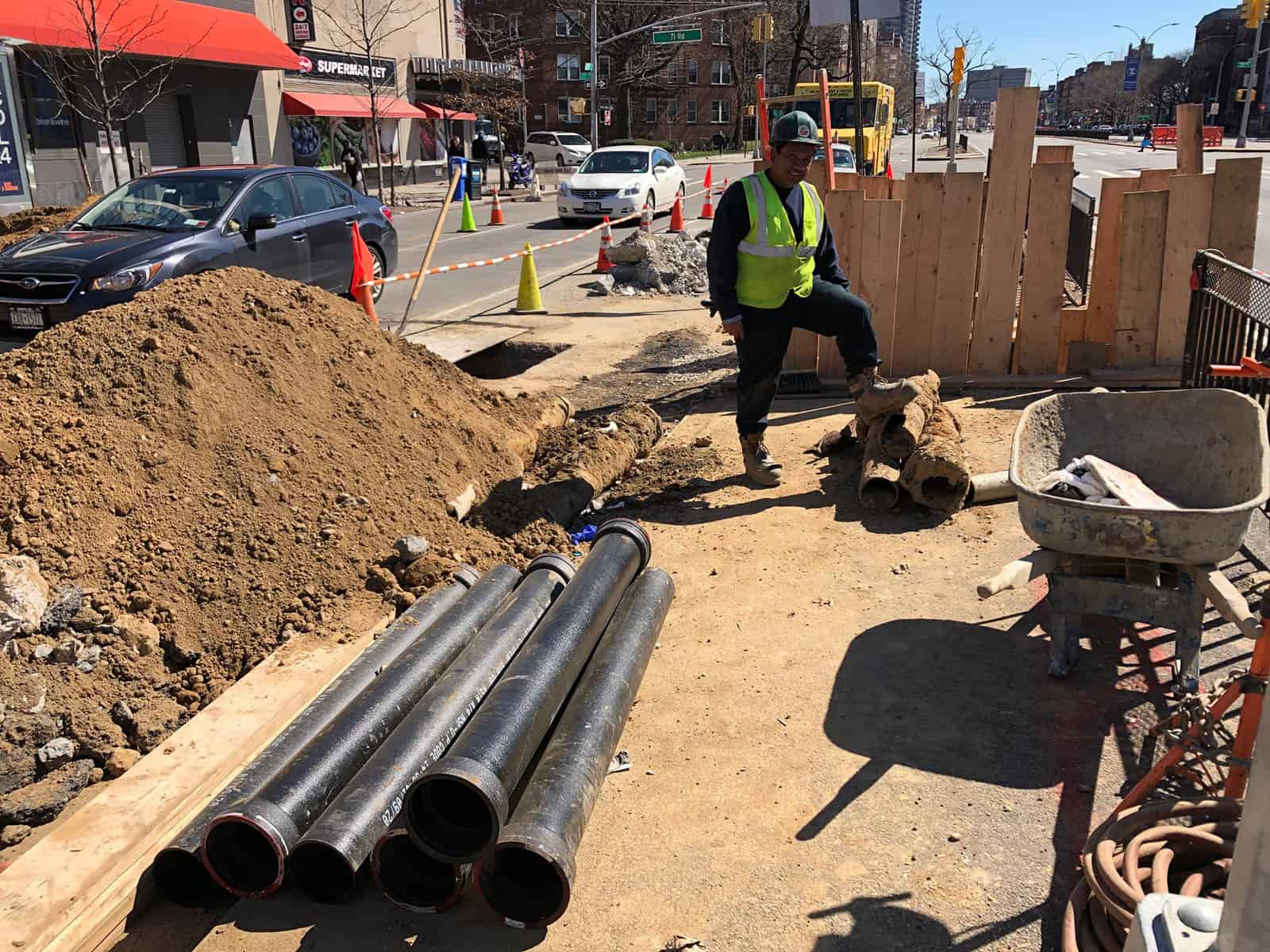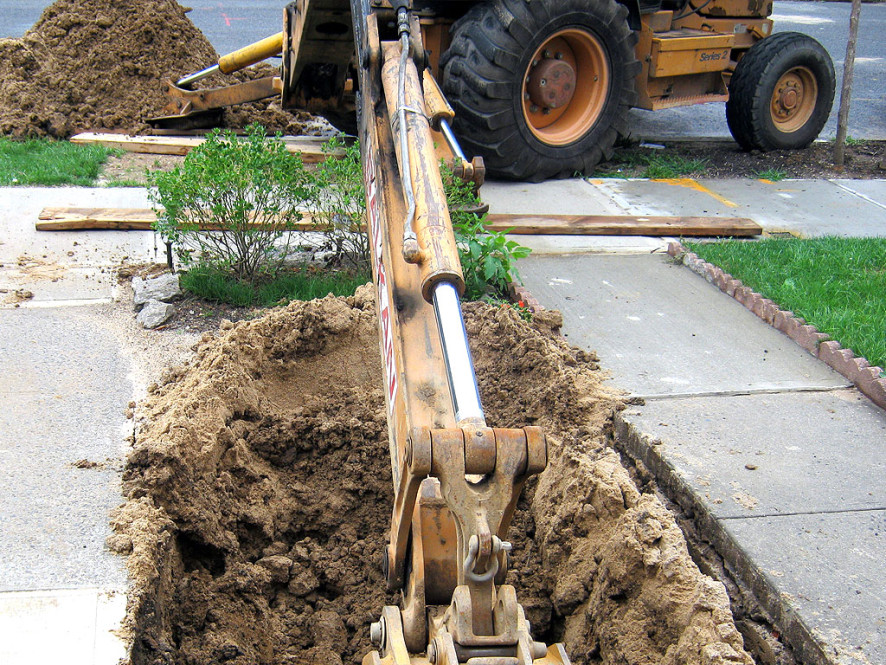Replacing Your Sewer Line 101
As a homeowner, the last thing you want to deal with is a backed-up sewer line, or even worse, a leak. Not only does it smell bad, but it can be a difficult issue to diagnose.
Knowing the most common causes of sewer line damage can help you prevent future issues, and potentially replacing your sewer line.
Common Causes Of Sewer Line Damage
There are plenty of things that may lead to a leaky or damaged sewer lines. These are some of the most common.
Corrosion
Even galvanized steel and cast iron pipes fall victim to corrosion due to the high concentration of calcium and magnesium. Untreated corrosion issues usually leads to leaks and cracks.
Clogs
Sewer line clogs typically happen when materials other than toilet paper and human waste get flushed down the toilet. Paper towels and other trash don’t properly break down and, in most cases, can’t be fixed with cleaning agents.
Read our article on How To Prevent Fat, Oil, and Grease Clogs In Your Sewer.
Weather
Sewer lines can be susceptible to extreme cold with expanding ice causing pipes to rupture.
Tree Roots
Tree roots are constantly searching for water sources and that includes your sewer line. This is particularly true when your sewer line is already leaking.
How Can You Tell If Your Sewer Line Needs Replacing?
There are several signs that point to sewer line damage and potential replacement including draining difficulties throughout the property, foul smells, and water damage.
If you are seeing any of these potential signs of sewer line damage, contact a sewer and water main service immediately.




